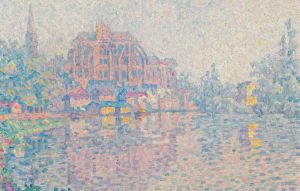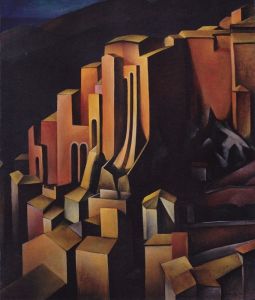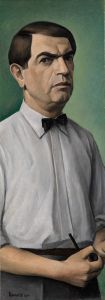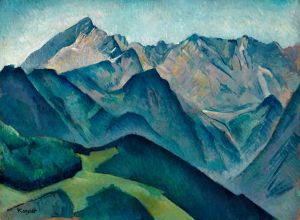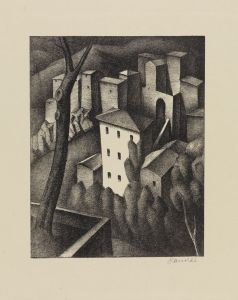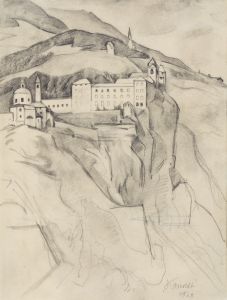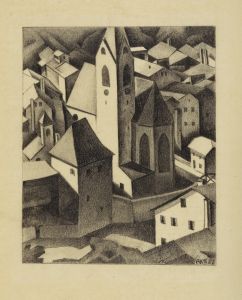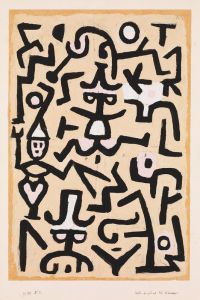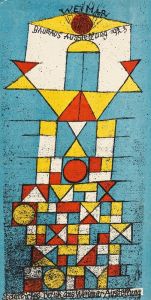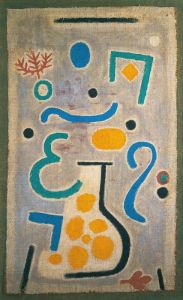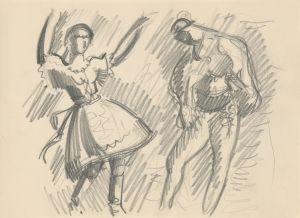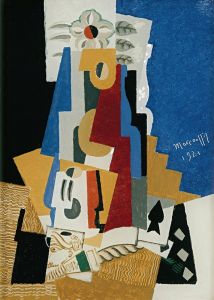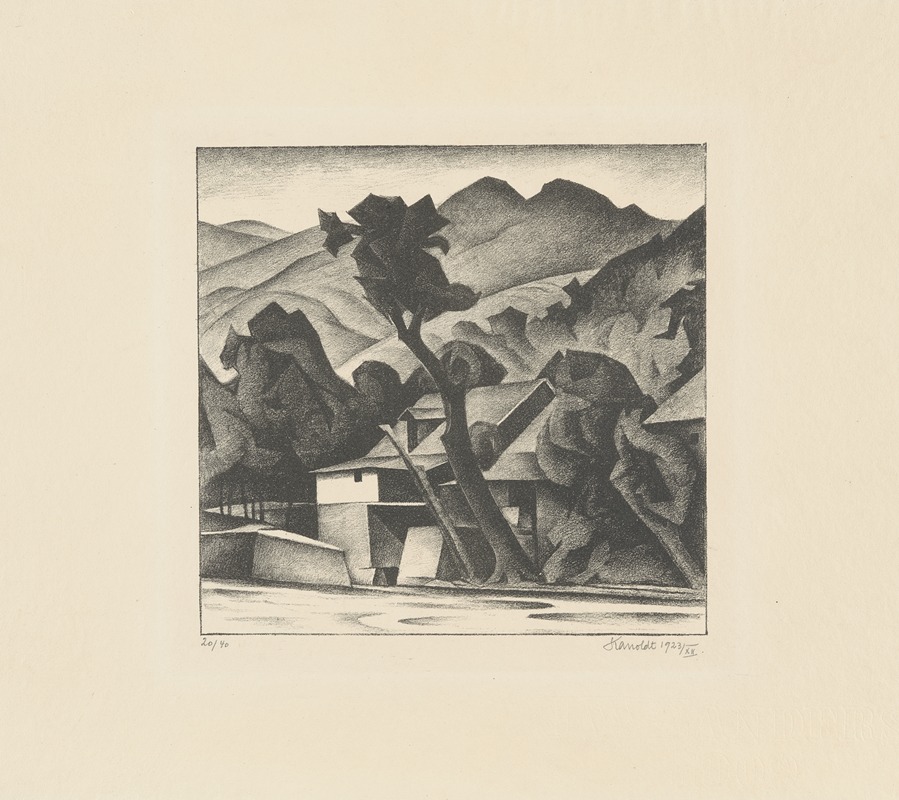
Die Mühle
A hand-painted replica of Alexander Kanoldt’s masterpiece Die Mühle, meticulously crafted by professional artists to capture the true essence of the original. Each piece is created with museum-quality canvas and rare mineral pigments, carefully painted by experienced artists with delicate brushstrokes and rich, layered colors to perfectly recreate the texture of the original artwork. Unlike machine-printed reproductions, this hand-painted version brings the painting to life, infused with the artist’s emotions and skill in every stroke. Whether for personal collection or home decoration, it instantly elevates the artistic atmosphere of any space.
Alexander Kanoldt was a German painter associated with the New Objectivity movement, which emerged in the 1920s as a reaction against expressionism. This movement was characterized by a return to realism and a focus on the objective representation of the world. Kanoldt's work, including the painting "Die Mühle" (The Mill), exemplifies the movement's emphasis on clarity, precision, and a sober, detached perspective.
"Die Mühle" is one of Kanoldt's notable works, showcasing his skill in depicting architectural forms with meticulous attention to detail. The painting reflects the New Objectivity's interest in everyday subjects, rendered with a sense of calm and order. Kanoldt's approach often involved a careful composition, where each element of the painting is precisely placed to create a harmonious and balanced image.
In "Die Mühle," Kanoldt employs a palette that is both restrained and harmonious, using muted colors to emphasize the solidity and permanence of the structures he depicts. The painting likely features a mill, a common subject in art due to its historical and cultural significance as a symbol of industry and progress. Kanoldt's treatment of the subject would focus on the geometric forms and the interplay of light and shadow, highlighting the architectural features of the mill.
Kanoldt's background and training played a significant role in his artistic development. Born in Karlsruhe, Germany, in 1881, he studied at the Academy of Fine Arts in Karlsruhe and later in Munich. His early work was influenced by impressionism and post-impressionism, but he gradually moved towards the more structured and realistic style that defined the New Objectivity. Kanoldt was also a member of the Munich Secession, an association of artists who sought to break away from traditional academic art.
Throughout his career, Kanoldt participated in numerous exhibitions, gaining recognition for his distinctive style. His work was included in the first major exhibition of the New Objectivity movement in Mannheim in 1925, which helped to establish the movement's prominence in the art world. Despite the challenges posed by the political climate in Germany during the 1930s and 1940s, Kanoldt continued to paint and exhibit his work.
Kanoldt's contribution to the New Objectivity movement is significant, as he helped to define its aesthetic and thematic concerns. His paintings, including "Die Mühle," are characterized by their clarity, precision, and focus on the objective representation of reality. Kanoldt's work remains an important part of the history of 20th-century art, reflecting the broader cultural and social changes of the time.
While specific details about "Die Mühle" may be limited, the painting can be appreciated within the context of Kanoldt's overall body of work and the New Objectivity movement. His ability to capture the essence of his subjects with a sense of detachment and precision continues to be admired by art historians and enthusiasts alike.





